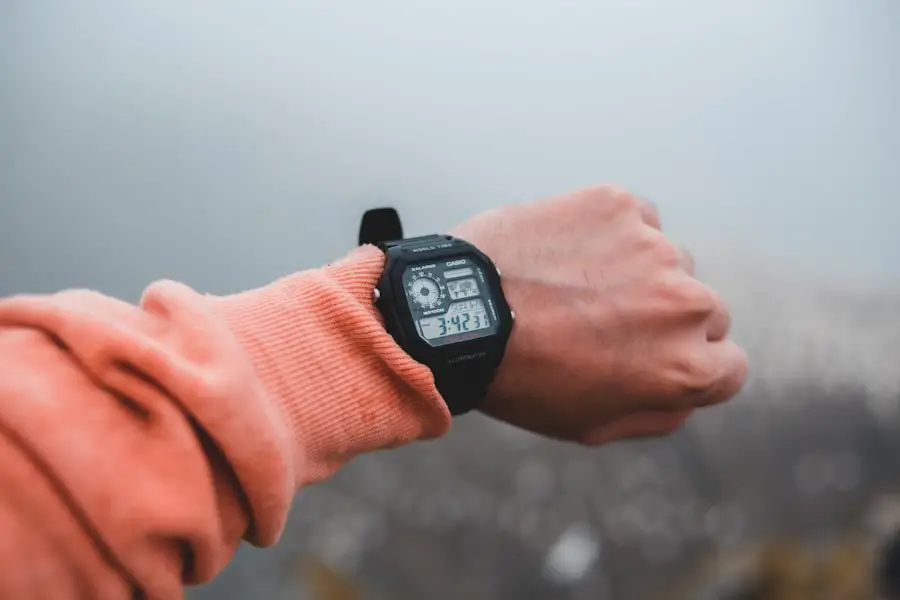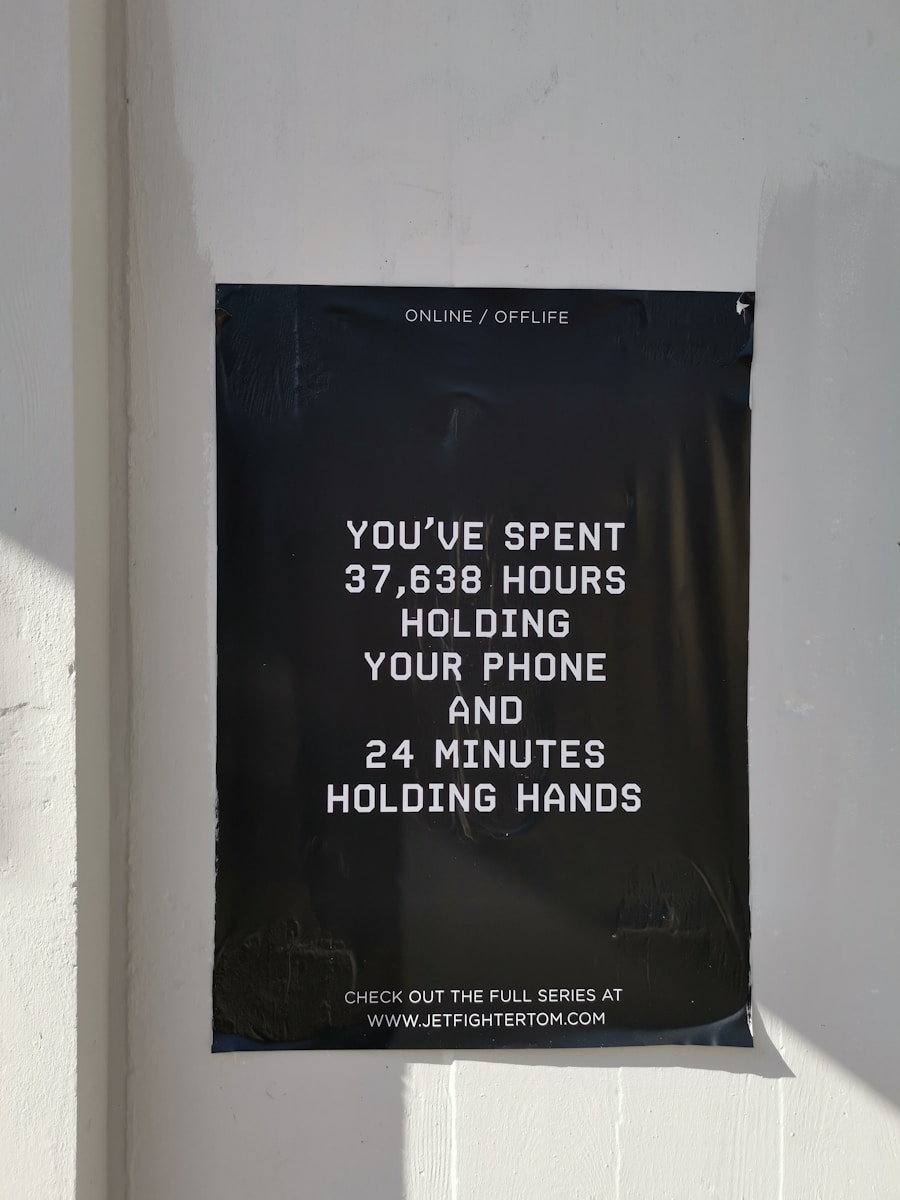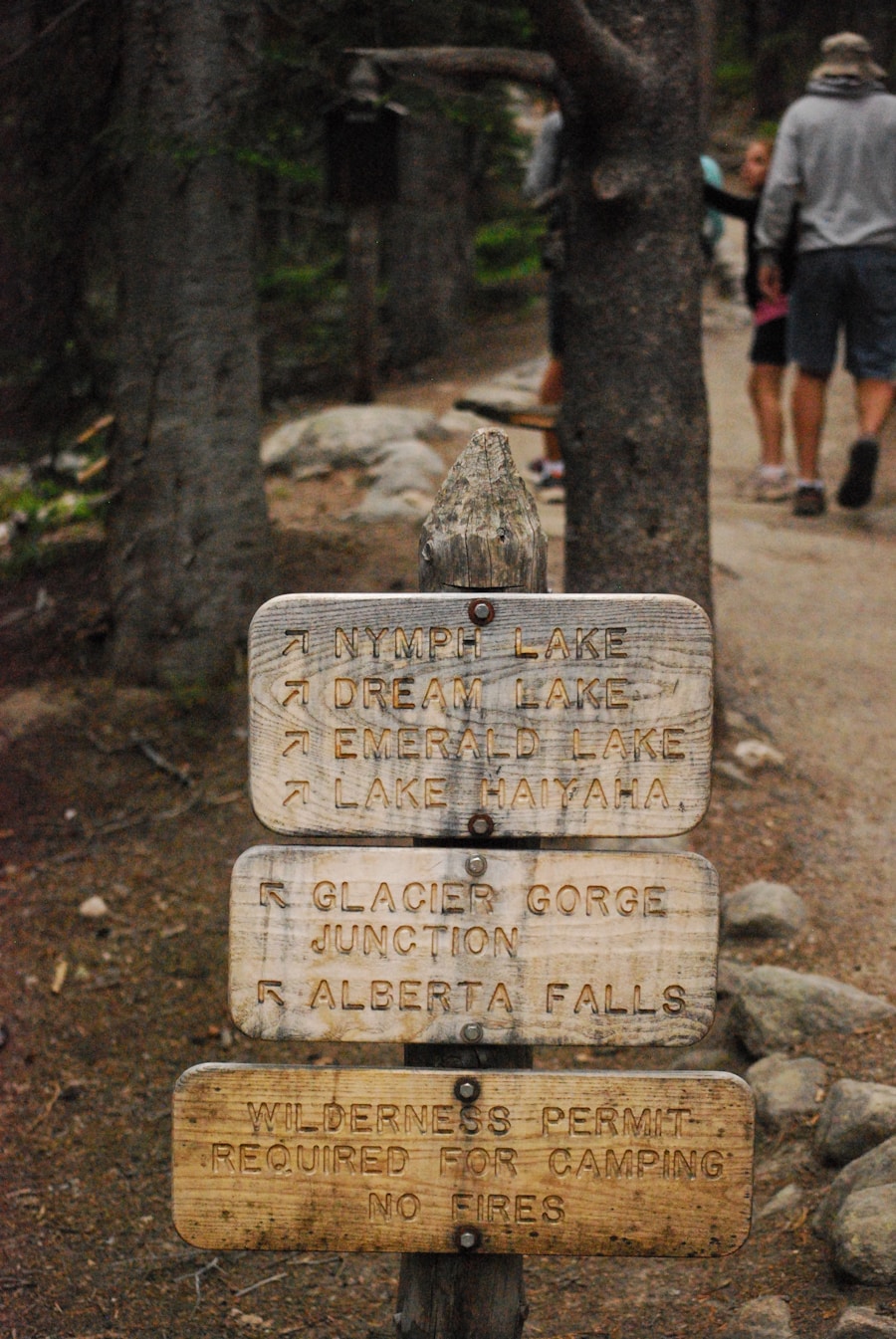Hiking is a popular outdoor activity that combines the enjoyment of nature with physical exercise. It involves walking on trails or paths, often in scenic environments such as mountains, forests, or parks. The appeal of hiking lies not only in the breathtaking views and fresh air but also in its potential for significant calorie burn.
The number of calories burned during a hike can vary widely based on several factors, including the hiker’s weight, the terrain, and the intensity of the hike. On average, a person weighing around 155 pounds can burn approximately 430 to 480 calories per hour on moderate trails, while those who weigh more can expect to burn even more. The mechanics of calorie burn during hiking are rooted in the body’s energy expenditure.
When you hike, your body requires energy to perform various functions, including muscle movement, maintaining body temperature, and supporting cardiovascular activity. This energy comes from the calories stored in your body, primarily from carbohydrates and fats. As the intensity of the hike increases—whether through steeper inclines or faster paces—the body demands more energy, leading to a higher calorie burn.
Understanding these basics is essential for anyone looking to use hiking as a means of weight management or fitness improvement.
Key Takeaways
- Hiking is a great way to burn calories and stay fit, with the average person burning around 430-550 calories per hour.
- Factors such as weight, speed, incline, and pack weight can affect the number of calories burned while hiking.
- Hiking at different intensities can result in varying calorie burn rates, with moderate hiking burning around 430-550 calories per hour and vigorous hiking burning around 550-700 calories per hour.
- To maximize calorie burn while hiking, consider adding weight to your pack, increasing your speed, and tackling more challenging terrain.
- You can calculate the calories burned while hiking using online calculators or fitness trackers, taking into account factors such as distance, speed, and incline.
Factors Affecting Calorie Burn While Hiking
Several factors influence how many calories a person burns while hiking. One of the most significant is body weight; heavier individuals tend to burn more calories than lighter individuals due to the increased energy required to move a larger mass. For instance, a person weighing 200 pounds may burn around 600 calories per hour on a moderate hike, while someone weighing 130 pounds might only burn about 400 calories in the same timeframe.
This relationship between weight and calorie expenditure is crucial for hikers who are monitoring their energy balance for weight loss or maintenance. Another critical factor is the terrain of the hiking trail. Hiking on flat, well-maintained paths generally results in lower calorie burn compared to hiking on steep, rugged trails.
The incline increases the effort required from the muscles, particularly those in the legs and core, leading to greater energy expenditure. Additionally, hiking in areas with loose gravel or uneven surfaces can further elevate calorie burn as the body works harder to maintain balance and stability. Weather conditions also play a role; hiking in hot or humid environments can increase heart rate and metabolic rate, leading to additional calorie burn.
The Hourly Breakdown of Calories Burned at Different Intensities

The intensity of a hike significantly impacts the number of calories burned per hour. For example, a leisurely hike on flat terrain at a pace of about 2 miles per hour may result in approximately 300 to 400 calories burned for an average adult. In contrast, a vigorous hike that includes steep ascents and descents at a pace of 4 miles per hour can lead to calorie burns ranging from 600 to 800 calories per hour.
This disparity highlights how varying the intensity of your hikes can be an effective strategy for maximizing calorie expenditure. To illustrate this further, consider three different hiking scenarios: a casual stroll through a flat park, a moderate hike on rolling hills, and an intense climb up a mountain trail. In the first scenario, an individual might burn around 250 calories per hour.
In the second scenario, with increased elevation and effort, that number could rise to about 500 calories per hour. Finally, during an intense mountain climb where heart rates soar and muscles are pushed to their limits, calorie burn could exceed 800 calories per hour. This breakdown emphasizes the importance of choosing hikes that align with personal fitness goals and desired calorie burn.
Tips for Maximizing Calorie Burn While Hiking
| Tip | Calories Burned per Hour |
|---|---|
| Choose challenging terrain | 400-550 calories |
| Carry a backpack | 300-400 calories |
| Use trekking poles | 350-450 calories |
| Take shorter, faster steps | 400-500 calories |
| Include uphill sections | 500-600 calories |
To maximize calorie burn while hiking, hikers can implement several strategies that enhance both intensity and duration. One effective method is to incorporate interval training into hikes. This involves alternating between periods of high intensity—such as sprinting up hills or increasing pace—and periods of lower intensity for recovery.
This approach not only boosts calorie burn during the hike but can also elevate post-exercise calorie expenditure due to the afterburn effect, where the body continues to burn calories at an elevated rate after exercise. Another way to increase calorie burn is by adding weight through a backpack or weighted vest. Carrying extra weight forces the body to work harder, thereby increasing energy expenditure.
However, it’s essential to start with manageable weights to avoid injury and gradually increase as fitness improves. Additionally, choosing trails with varied terrain—such as those that include stairs, rocks, or logs—can enhance muscle engagement and elevate heart rate, leading to greater calorie burn.
How to Calculate Calories Burned While Hiking
Calculating calories burned while hiking can be done using various methods, ranging from simple estimations to more precise calculations involving heart rate monitors or fitness trackers. A common formula used for estimating calorie burn is based on MET (Metabolic Equivalent of Task) values assigned to different activities. For hiking, MET values can range from 3.5 for leisurely walks on flat terrain to over 8 for vigorous hikes on steep trails.
To calculate calories burned using MET values, one can use the following formula: Calories burned = MET value × weight in kg × duration in hours. For example, if a person weighing 70 kg (approximately 154 pounds) goes on a moderate hike with a MET value of 6 for two hours, the calculation would be: 6 × 70 × 2 = 840 calories burned. This method provides a reasonable estimate but may not account for individual variations such as fitness level or specific trail conditions.
The Benefits of Hiking for Weight Management

Hiking offers numerous benefits for weight management beyond just calorie burning. It is an enjoyable way to engage in physical activity that can be sustained over time without the monotony often associated with indoor workouts. The combination of fresh air, natural surroundings, and social interaction—when hiking with friends or groups—can enhance motivation and adherence to a regular exercise routine.
Moreover, hiking can improve cardiovascular health by strengthening the heart and lungs while also building muscle strength and endurance in the legs and core. These physiological benefits contribute to an overall increase in metabolic rate, which can aid in weight loss or maintenance efforts. Additionally, spending time outdoors has been linked to improved mental health outcomes, including reduced stress and anxiety levels—factors that can significantly impact eating behaviors and overall lifestyle choices.
Comparing Hiking to Other Forms of Exercise for Calorie Burn
When comparing hiking to other forms of exercise regarding calorie burn, it becomes evident that hiking holds its own as an effective workout option. For instance, running typically burns more calories per hour than hiking due to its higher intensity; however, not everyone may find running enjoyable or sustainable long-term. Cycling is another popular exercise that can yield similar calorie burns depending on speed and terrain but lacks the full-body engagement that hiking provides.
Group fitness classes or gym workouts can also be effective for burning calories; however, they often lack the mental health benefits associated with being outdoors in nature. Hiking allows individuals to disconnect from daily stressors while engaging in physical activity—a combination that can lead to better adherence to fitness goals over time. Ultimately, while other forms of exercise may offer higher calorie burns in shorter durations, hiking provides a unique blend of physical challenge and mental rejuvenation that many find appealing.
Making the Most of Your Hiking Workouts
To truly make the most of your hiking workouts, it’s essential to approach them with intention and awareness of your goals. Whether you aim to lose weight, improve fitness levels, or simply enjoy nature’s beauty, understanding how various factors influence calorie burn can help tailor your hiking experience for optimal results. By selecting challenging trails, incorporating interval training techniques, and tracking your progress through various methods, you can enhance both your physical fitness and overall enjoyment of this rewarding outdoor activity.
Incorporating these strategies into your hiking routine not only maximizes calorie expenditure but also fosters a deeper connection with nature and personal well-being. As you embark on your next hike, remember that every step taken is not just a journey through beautiful landscapes but also an investment in your health and fitness journey.
If you’re looking to stay active while traveling, hiking is a great way to burn calories and explore the outdoors. According to a study by the American Council on Exercise, hiking can burn anywhere from 430 to 550 calories per hour, depending on factors like weight and intensity. For more tips on staying healthy while traveling, check out this article on travel CPAP machines for continuous positive airway pressure therapy on the go.
FAQs
What is hiking?
Hiking is a form of outdoor physical activity that involves walking on trails or paths in natural environments such as forests, mountains, or countryside.
How many calories does hiking burn per hour?
The number of calories burned during hiking can vary depending on factors such as the individual’s weight, the intensity of the hike, and the terrain. On average, a person can burn between 430-550 calories per hour while hiking.
What factors can affect the number of calories burned during hiking?
Factors that can affect the number of calories burned during hiking include the individual’s weight, the speed and intensity of the hike, the incline and terrain of the trail, and the presence of a backpack or other gear.
Is hiking a good way to burn calories and lose weight?
Yes, hiking can be an effective way to burn calories and contribute to weight loss. It provides a full-body workout and can be a more enjoyable alternative to traditional forms of exercise.
Are there any health benefits to hiking besides burning calories?
Yes, hiking offers a range of health benefits beyond burning calories, including improved cardiovascular health, strengthened muscles and bones, reduced stress and anxiety, and increased mental well-being from being in nature.
